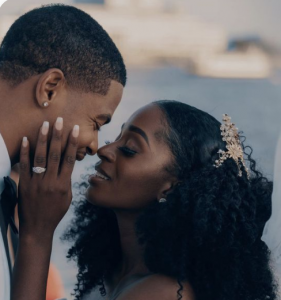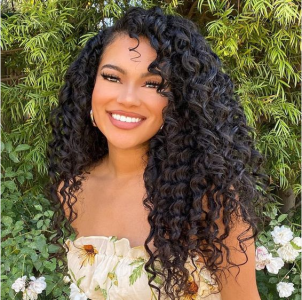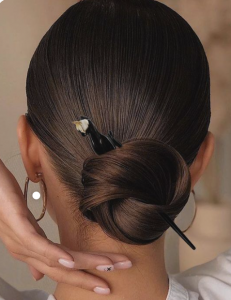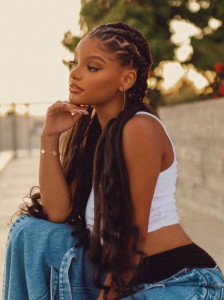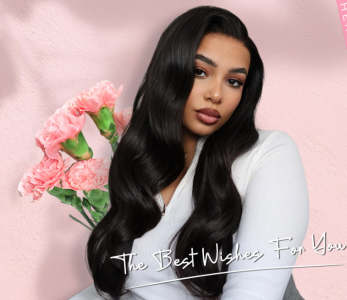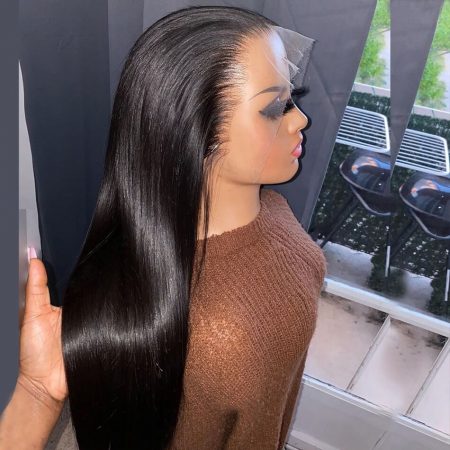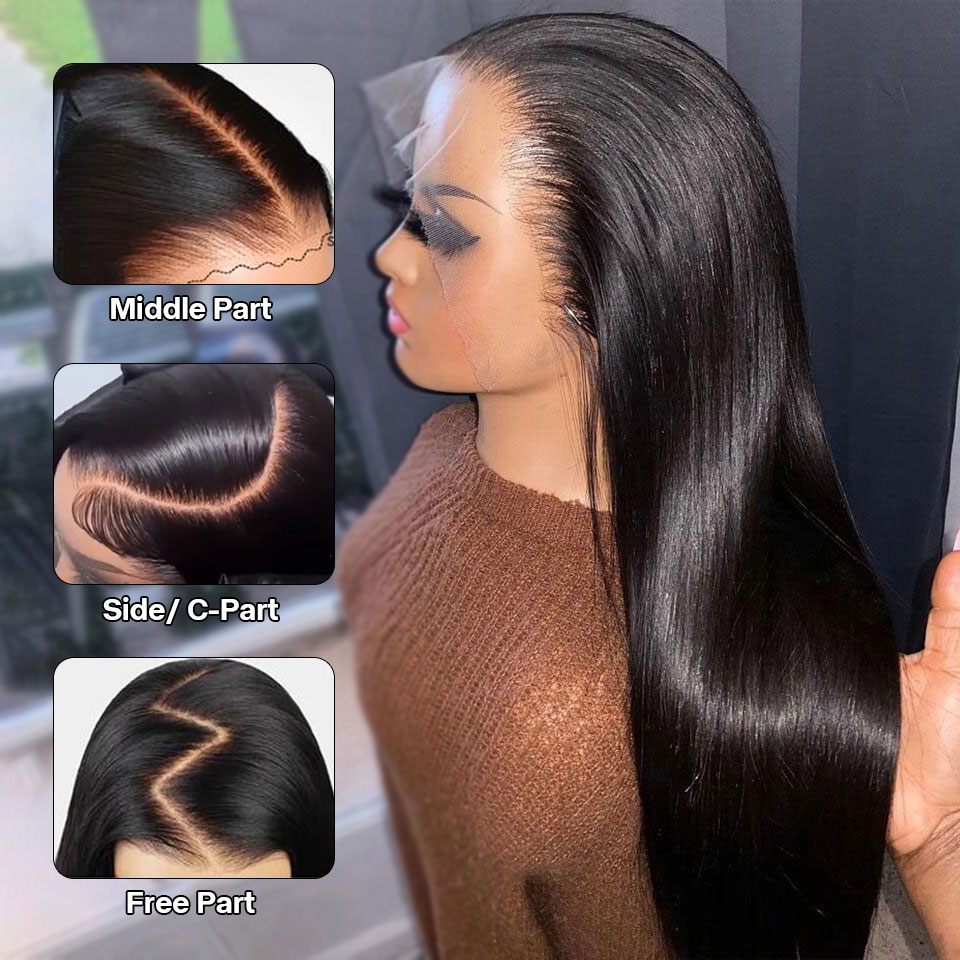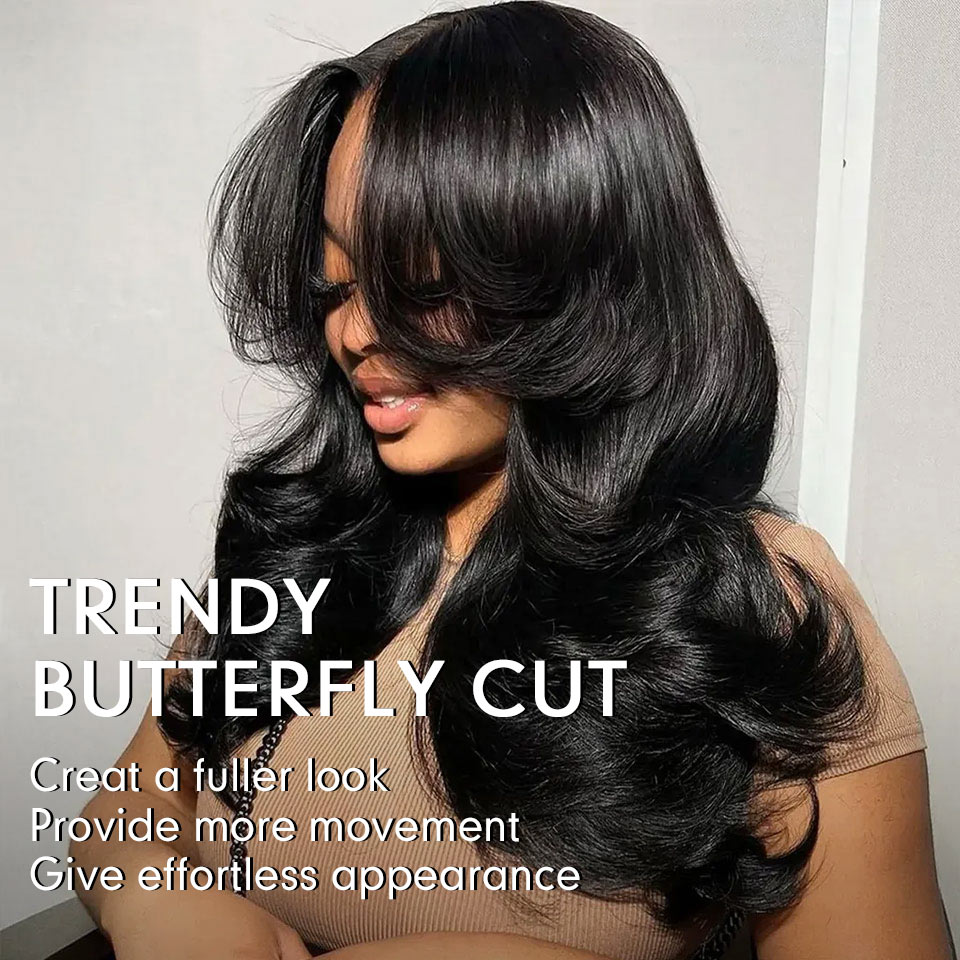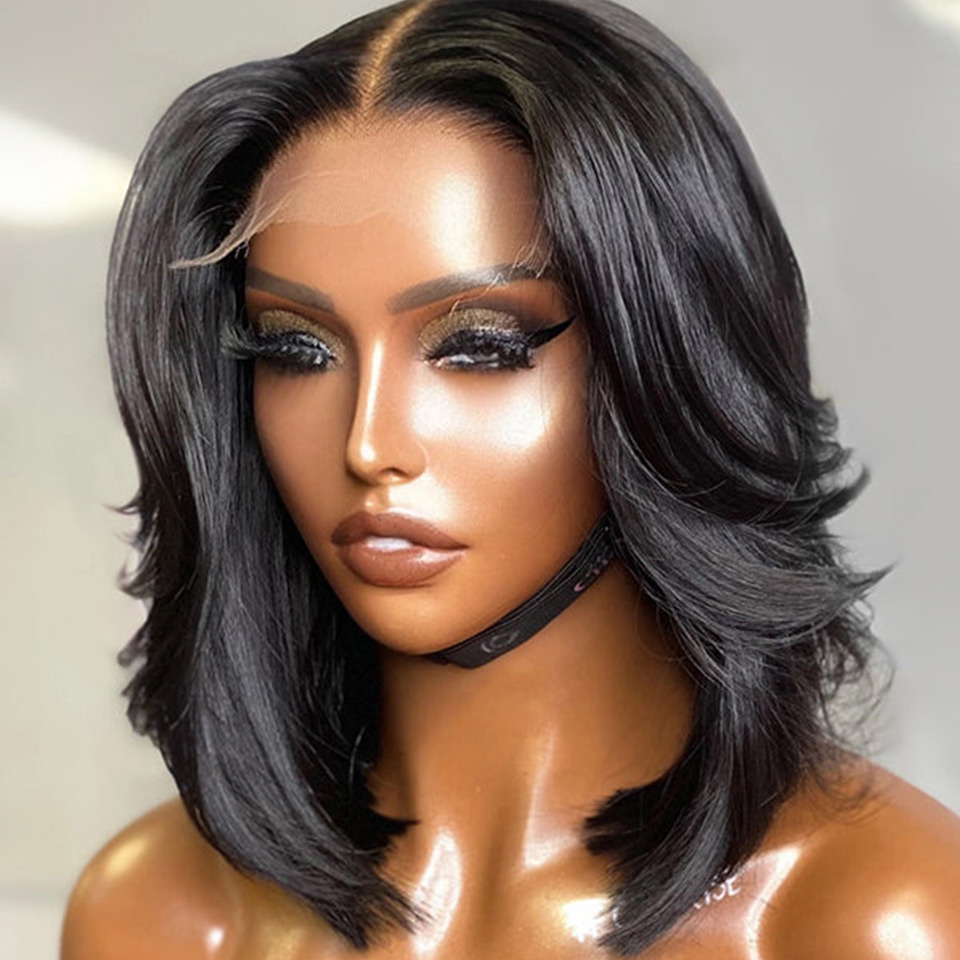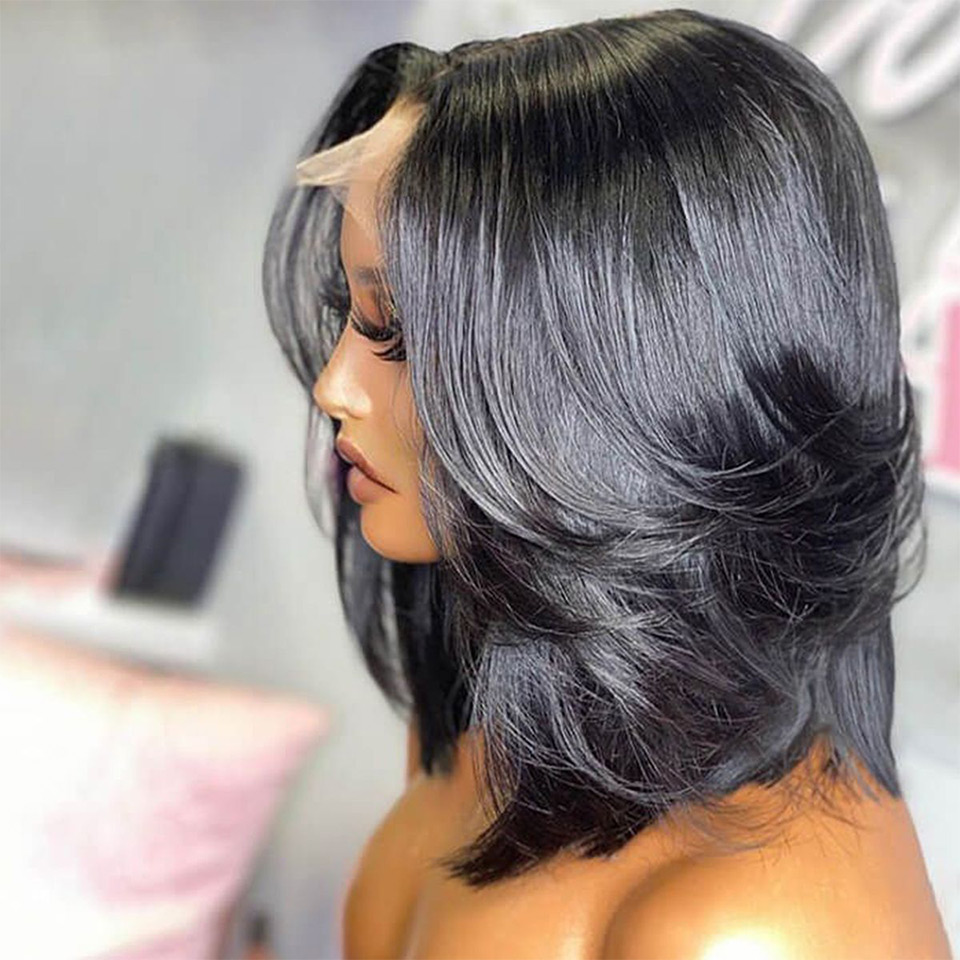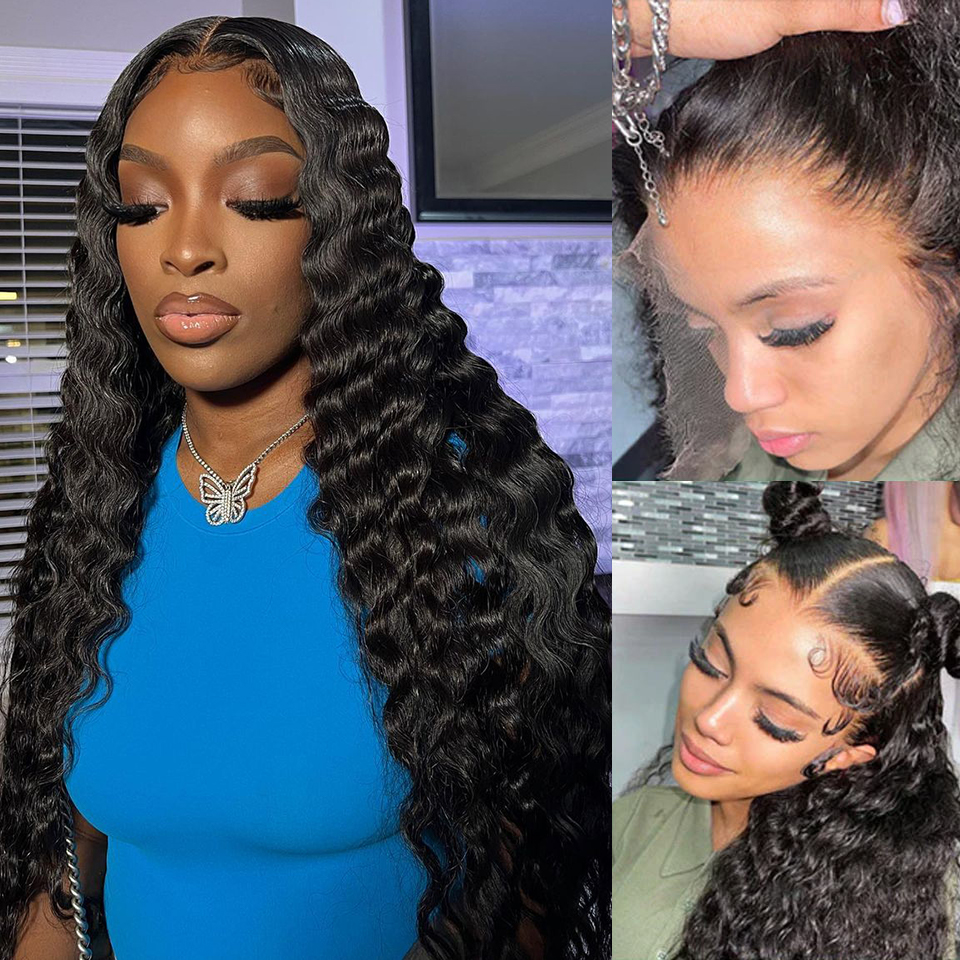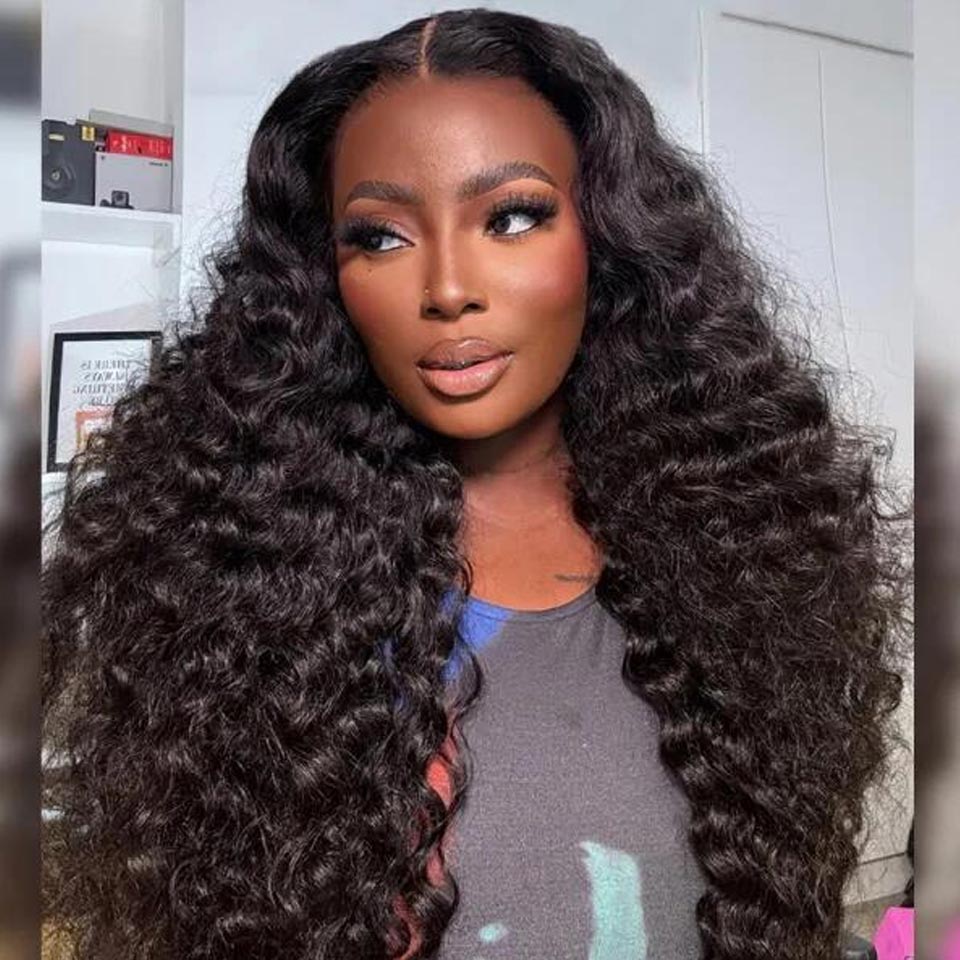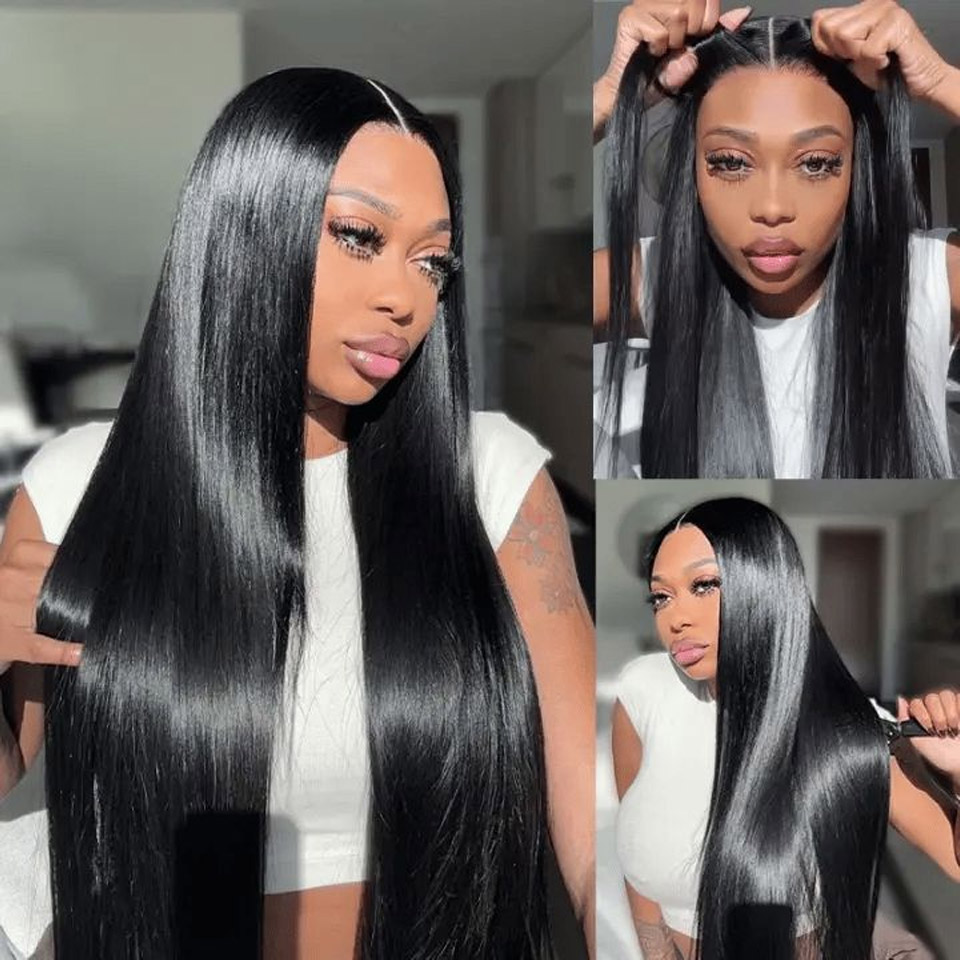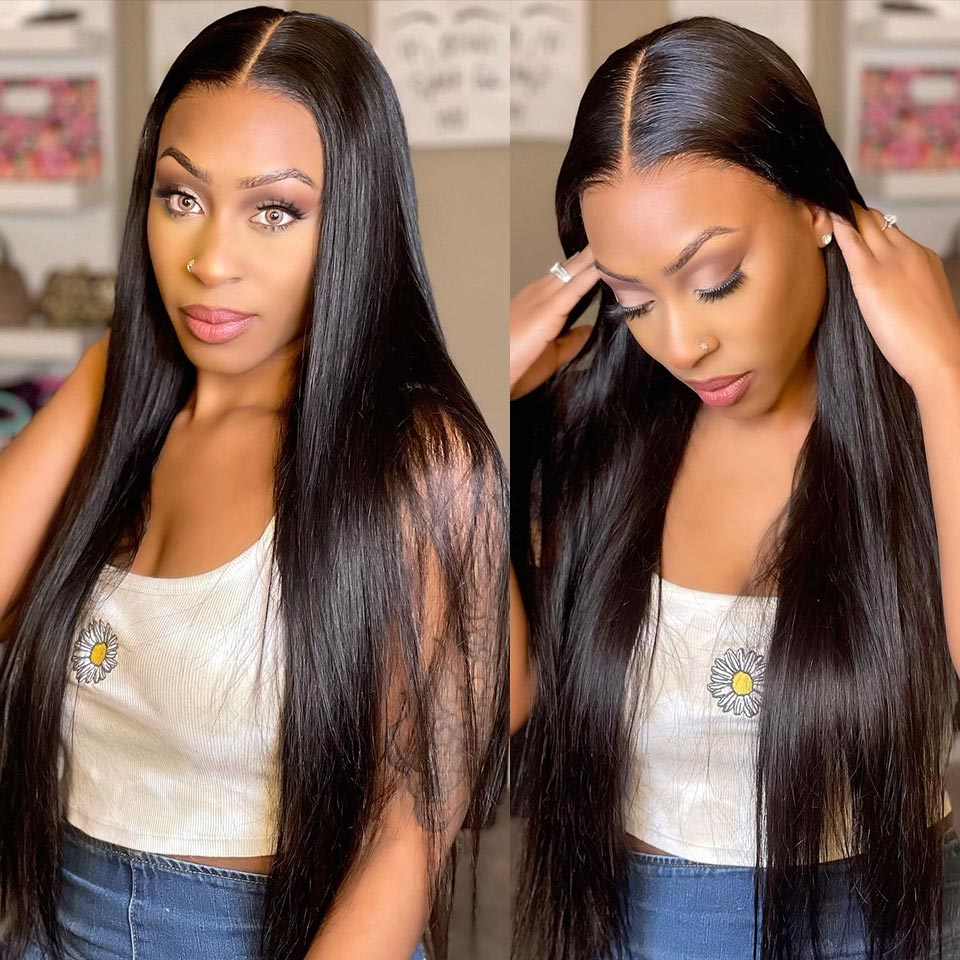Hairstyles have always been a powerful form of self-expression and a way for individuals to showcase their personality. Over the years, we’ve witnessed a plethora of trends, from the pixie cut of the ’60s to the mullet of the ’80s. Today, two hairstyles have been making waves in the fashion world: the Wolf Cut and the Octopus Cut. These unique and trendy styles have garnered attention for their bold and unconventional looks. In this article, we will explore the origins, characteristics, and key differences between these two intriguing haircuts.
The Wolf Cut.
The Wolf Cut is a hairstyle that has gained immense popularity in recent years, particularly among the younger generation and social media influencers. Known for its wild and untamed appearance, the Wolf Cut is all about embracing natural textures and showcasing a carefree attitude.
Origins and Influences.
The exact origin of the Wolf Cut is somewhat elusive, but it draws inspiration from various sources, including the shaggy hairstyles of the ’70s and ’80s. It also carries elements of the grunge movement from the ’90s, with its emphasis on a relaxed, lived-in look. In essence, the Wolf Cut combines these influences to create a modern and unique hairstyle that exudes an effortlessly cool vibe.
Characteristics.
Layers Galore: The hallmark of the Wolf Cut is its layers. The hair is cut into uneven, choppy layers that add volume and texture. These layers are strategically placed to create a shaggy, disheveled appearance.
Bangs or Fringe: Many variations of the Wolf Cut feature bangs or a fringe. These can range from wispy, curtain bangs to bold, choppy fringe styles, depending on personal preference.
Length Variation: The length of the Wolf Cut can vary widely, from shorter styles that barely touch the shoulders to longer versions that graze the collarbone or beyond.
Textured Ends: To maintain the wild and untamed look, the ends of the hair are often left textured and jagged. This adds to the overall edginess of the hairstyle.
Embracing Natural Texture: One of the key elements of the Wolf Cut is embracing and enhancing the natural texture of your hair. This means that it works well with wavy, curly, and even straight hair, making it a versatile choice for many.
The Octopus Cut.
The Octopus Cut, while not as mainstream as the Wolf Cut, is gaining traction as a daring and avant-garde hairstyle. It’s a unique take on the classic bob haircut and is characterized by its bold geometric lines and asymmetry.
Origins and Influences.
The Octopus Cut takes its inspiration from the world of geometric and architectural design. The name itself is a nod to the octopus’s tentacles, which represent the multi-layered, multidimensional look of the haircut. This style also draws from the edginess of punk and alternative subcultures, pushing the boundaries of traditional hairstyling.
Characteristics.
Sharp Angles: The Octopus Cut is all about sharp angles and geometric lines. It typically features shorter layers at the back and sides, while the front showcases longer, asymmetrical pieces that frame the face.
Undercut or Nape Shaving: To amplify the boldness of the Octopus Cut, some variations incorporate an undercut or nape shaving. This creates a stark contrast between the longer layers and the closely shaved areas.
Extreme Asymmetry: Asymmetry is a defining characteristic of the Octopus Cut. The longer sections can vary in length, creating a dynamic and unconventional look.
Vibrant Colors: Many individuals who opt for the Octopus Cut also experiment with vibrant and unconventional hair colors, such as neon hues, pastels, or bold primary colors. This enhances the overall avant-garde aesthetic.
Maintenance: Maintaining the Octopus Cut requires regular trips to the salon for touch-ups, as the sharp lines and asymmetry need to be maintained to keep the style looking its best.
Differences Between the Wolf Cut and the Octopus Cut.
While both the Wolf Cut and the Octopus Cut offer bold and unconventional looks, they have several key differences that set them apart:
Texture vs. Geometry: The Wolf Cut is all about texture and a natural, lived-in appearance. It embraces the natural texture of your hair and focuses on layers and movement. In contrast, the Octopus Cut is characterized by sharp geometric lines and extreme asymmetry, prioritizing precision and shape over texture.
Length Variation: The Wolf Cut allows for a wide range of length variations, from short to long, catering to different hair types and preferences. On the other hand, the Octopus Cut typically features a shorter length at the back and sides, with longer, asymmetrical pieces in the front.
Bangs and Fringe: While both styles can incorporate bangs or fringe, they are styled differently. In the Wolf Cut, bangs tend to be more casual and blended, whereas the Octopus Cut often features bold, angular fringe that adds to its avant-garde appeal.
Maintenance: The Octopus Cut generally requires more frequent maintenance due to its precise lines and sharp angles. Regular trips to the salon are needed to keep the cut looking its best. The Wolf Cut, with its more relaxed and textured appearance, is typically lower maintenance.
Expression and Style: The choice between these two hairstyles often comes down to personal expression and style. The Wolf Cut exudes a carefree, bohemian vibe, while the Octopus Cut leans toward the avant-garde and punk-inspired aesthetics. Your choice may reflect your personality and the image you want to project.
How to use wear and go wig to achieve octopus cut and wolf cut?
Achieving the Octopus Cut and Wolf Cut using a “wear and go” wig can be a fun and versatile way to experiment with these unique hairstyles without committing to a permanent cut. Here’s a step-by-step guide on how to use a wig to achieve both the
Octopus Cut and the Wolf Cut:

Step 1: Gather Your Supplies.
Before you begin, gather all the necessary supplies:
A high-quality “wear and go” wig in the desired length and color for your chosen style.
Wig cap (optional but recommended for securing your natural hair).
Hairpins or wig clips.
Wig stand or mannequin head (for styling and cutting, if needed).
Scissors (for trimming and customizing the wig, if necessary).
Styling tools such as a flat iron, curling iron, or straightener (depending on the final look you want).
Step 2: Prepping Your Natural Hair (Optional)
If your natural hair is long or voluminous, you may want to secure it properly to create a flat base for the wig. Follow these steps:
Start with clean, dry hair.
Comb or brush your hair to remove any tangles.
Put on a wig cap that closely matches your natural hair color. This will help keep your hair in place and create a smooth surface for the wig.
Step 3: Preparing the Wig.
For both the Octopus Cut and the Wolf Cut, you’ll need to customize the wig to achieve the desired look. Here’s how to do it:
For the Octopus Cut:
Place the wig on a wig stand or mannequin head.
Use hairpins or wig clips to secure the wig in place.
Determine the desired length for the front and back sections of the wig. The Octopus Cut typically features shorter layers at the back and sides and longer, asymmetrical pieces in the front.
Use scissors to carefully trim the wig to match the desired length and shape. Start with small cuts and adjust as needed to create the angular and asymmetrical appearance of the Octopus Cut.
Style the longer front sections with a flat iron or curling iron to create sharp angles and achieve the desired look.
For the Wolf Cut:
Place the wig on a wig stand or mannequin head.
Use hairpins or wig clips to secure the wig in place.
The Wolf Cut is all about layers and texture, so you’ll want to enhance these features.
Use scissors to create uneven, choppy layers throughout the wig. Focus on the mid-length and ends to achieve that shaggy, disheveled appearance.
Optionally, you can add bangs or a fringe by trimming the front sections of the wig to your desired length and style.
Use styling products to enhance the natural texture of the wig, such as texturizing spray or sea salt spray.
Step 4: Final Styling.
Once you’ve customized the wig to achieve either the Octopus Cut or the Wolf Cut, it’s time for final styling touches:
Use styling tools like a flat iron or curling iron to fine-tune the shape and texture of the wig.
Apply any desired hair products, such as styling wax or hairspray, to hold the style in place.
If the wig has a natural part, adjust it to match your desired look.
Step 5: Wear and Enjoy.
Now that your wig is styled to perfection, it’s time to put it on and rock your chosen hairstyle. Adjust the wig to fit securely on your head, ensuring that it looks natural and comfortable. Use wig clips or bobby pins if needed to secure the wig in place.
Last But Not The Least.
Hairstyles are a powerful form of self-expression, and both the Wolf Cut and the Octopus Cut offer unique and daring options for those looking to make a bold statement with their hair. While the Wolf Cut embraces natural texture and layers, the Octopus Cut pushes the boundaries of hairstyling with sharp angles and extreme asymmetry. Ultimately, the choice between these two styles comes down to personal preference and the image you want to convey. Whichever you choose, these hairstyles showcase the endless creativity and versatility of hair as an art form, allowing you to express your individuality in a truly unique way.





